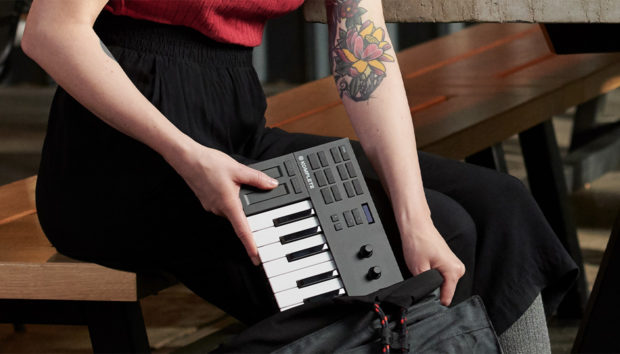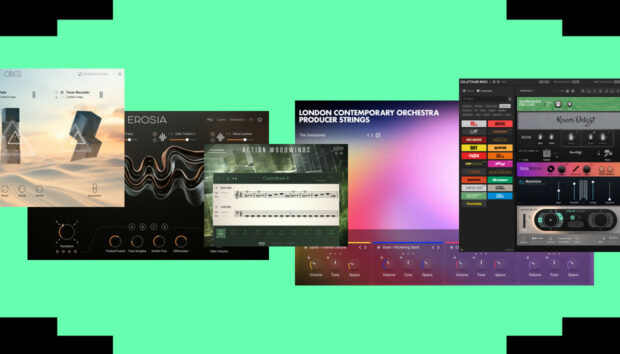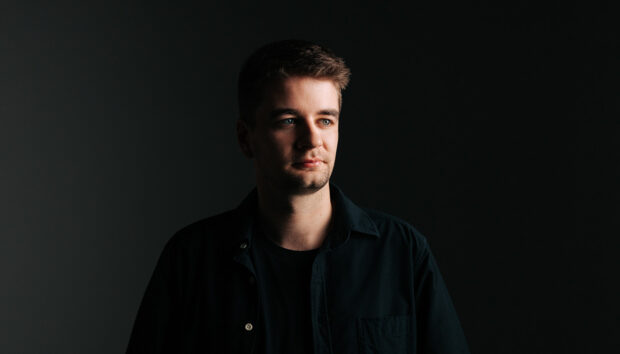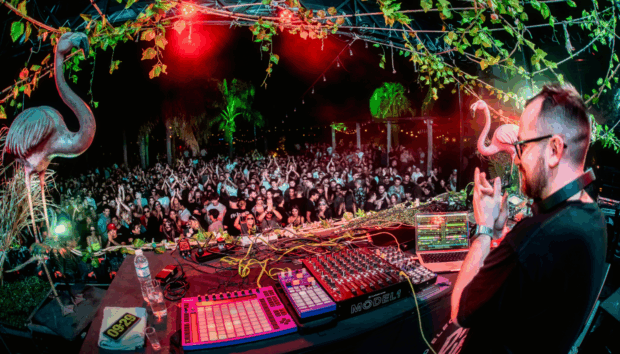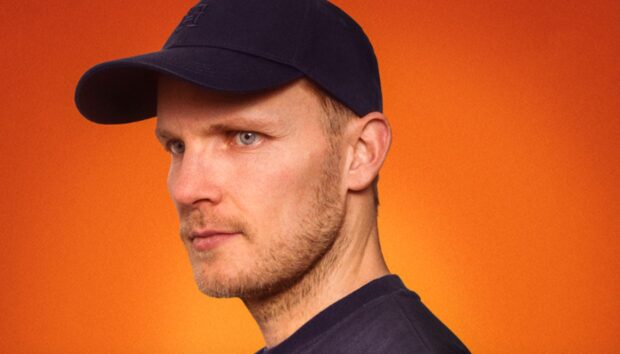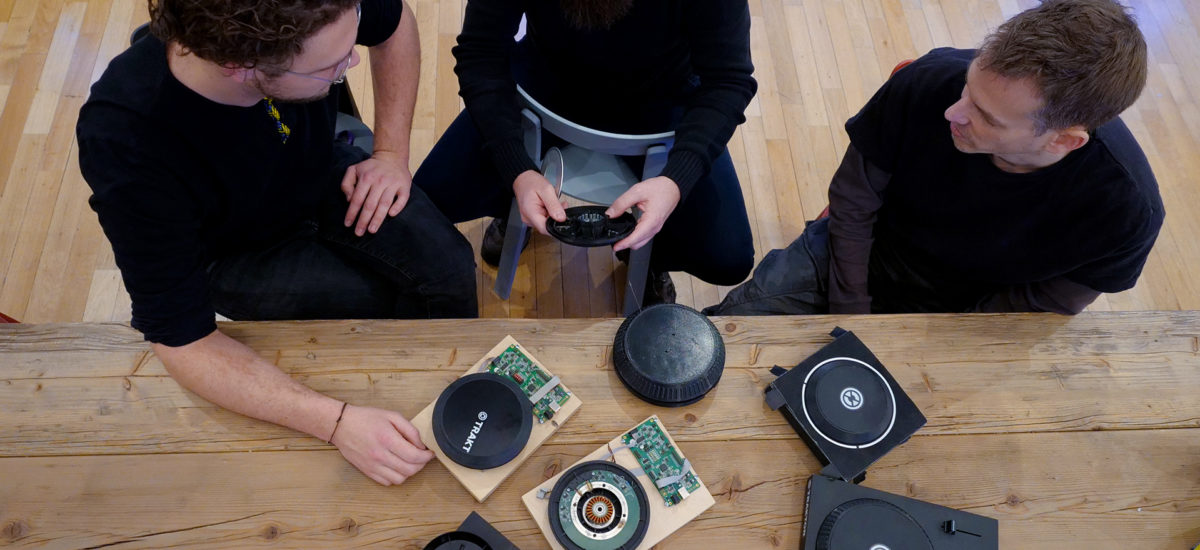
With the new TRAKTOR KONTROL S4, Native Instruments have revolutionized how people DJ with the introduction of the Haptic Drive™, motorized jog-wheels, that are touch sensitive, and allow users to feel cue points in the music. Talking to Mario Westhoff, Tim Ruetz, David Speith, key engineering figures in the TRAKTOR team, Native Instruments explores how this new technology came to fruition, and the development stages that occurred along the way.
TRAKTOR KONTROL S4 isn’t just about new jog wheels. It’s about hardware and software working together to create an active, physical connection as you play.
The language of DJing is rooted in physical decks. From the outset, TRAKTOR has explored ways of bridging new technologies with that legacy, while pushing the physical-digital interface. This has included working on the digital-vinyl control paradigm, as well as details like the magnetic-sensing tech that have lent more realistic responses to the original S4’s jog wheels.
The new TRAKTOR KONTROL S4 unites all of those experiences. Patent-pending technology powers its new Haptic Drive™; jog wheels that actively help you feel the music, with the new TRAKTOR PRO 3 software working in tandem with the new hardware features.
The new S4 unites all of that experience. Patent-pending technology powers its new Haptic Drive — jog wheels that spin and respond and actively help you feel the music. And a new version of TRAKTOR works in concert with new hardware features.
What makes this haptic technology unique is that the motors, along with other elements, make the S4’s jog wheels physically active – they can already perform new tricks that weren’t possible before, such as giving your fingers a little bump when scrolling past a cue point, while being able to do more in the future with software updates. There’s turntable-style torque when beatmatching, and recognition of certain gestures such as backspins, where resistance is instantly dropped so the decks act like vinyl on a slipmat. Since all of this is software-controlled, it’s interactive, and can be adjusted to your own tastes.
This kind of new thinking is possible because Native Instruments invested a lot of time and thought to making the new technology work, even before applying it to a new DJ tool. Founder Stefan Schmitt even produced an early experimental prototype using a similar approach. Engineer and Hardware Developer David Speith had been dreaming about haptic applications for a while; it was a focus of his graduate research and then became a research focus for him inside Native Instruments, building on Schmitt’s work.
Over three years, Speith has been involved in researching, prototyping, engineering, and testing the jog wheel, as well as software development and implementation of the Haptic Rendering Algorithms. Eventually for him, pure technology met real-world musical needs, and haptic feedback proved a perfect match for controlling TRAKTOR. “I built a whole, fully functional prototype where you could have haptic feedback,” says Speith. “And this was where the turntable mode was born.” The kinetic, mechanical, intuitive quality of a turntable is well-suited to rethinking digital interfaces. “You have feedback that you’re actually doing something, and you feel what you’re doing – this is what haptics is all about. The sense of touch is bi-directional – you can manipulate and feel at the same time. And so that propels muscle memory – without intellectually thinking … you get a feeling for it. Turntables and rotation, it’s all about flow and fun.”
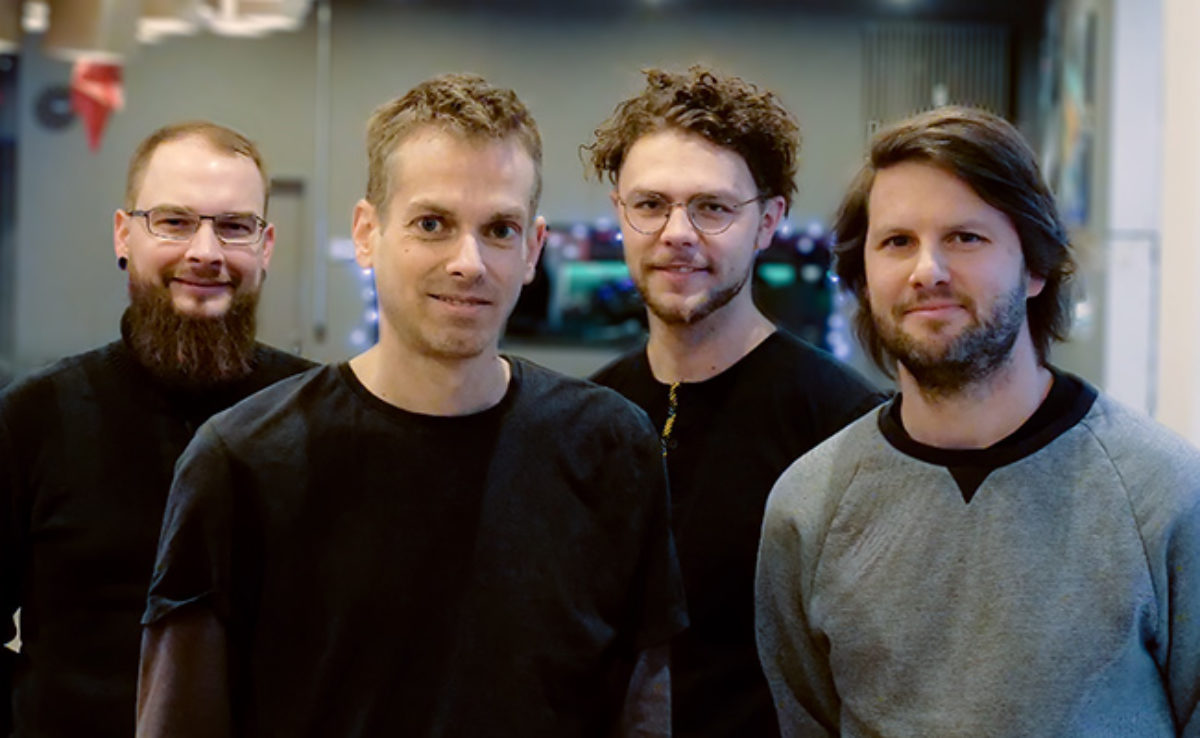
So with the prototype done, the real work could begin. Intensive user testing efforts started, to match this engineering power with what users want when they play. This was made even more important because of how much the haptic tech can do.
“This technology is a very mighty tool,” says Mario Westhoff. As the Lead Mechanical Engineer, Westhoff oversaw the entire development of the Haptic Drive™, and was also the lead engineer for the new S4. “We can simulate physics – the reality. So if you configure the wheel to emulate a huge mass, you can do that. But the question is, is the feeling really nice for the users? And so then user testing comes in. From the engineering side, we offer as much as we can, but then the parameters have to be tested.”
“I was pretty excited,” says Senior Electronics Engineer Tim Ruetz. “I was developing the first firmware versions, bringing the motor to life to see it spinning. Then at some point it started really emulating the physics. When I touched the wheels for the first time and accelerated it and saw it running and braking with my fingers – I’d never had any experience this way before.”
Unlike a knob or a display, there’s no off-the-shelf part that will do what the TRAKTOR team demands of the Haptic Drive™. Even individual components like motors posed new challenges. At first, says Westhoff, hardware suppliers had a hard time just understanding why anyone would ask what the team was asking for – given the unique operational behaviors the team demanded. In the end, they wound up developing a custom motor to match their specifications for the S4.
There’s something else missing, too: a real turntable has the mass of the platter, and even the weight of the record. This kind of sensation has to be created in the software. Directly emulating those features wouldn’t make sense, either, the team agrees. Instead, the team worked together to create a new hardware/software hybrid design to emulate the physical feel of both. They also worked to make something that could appeal both to experienced vinyl turntablists and fully digital DJs alike.
Engineers and managers of different backgrounds worked more closely on the S4 than ever before. They even moved into the same office during the intensive development process, removing barriers to collaboration, and enabling constant feedback. Instead of just measuring a single position sensor, they say, it was now possible to try out the entire experience and bring hardware and software into closer harmony.
We’re all used to getting feedback from displays, but haptics is almost like having a display you can feel. (Not incidentally, blind guests of the summer’s accessibility-themed hacklab also got to try out and enjoy the S4. These features enhance the experience for DJs with and without sight, alike.)
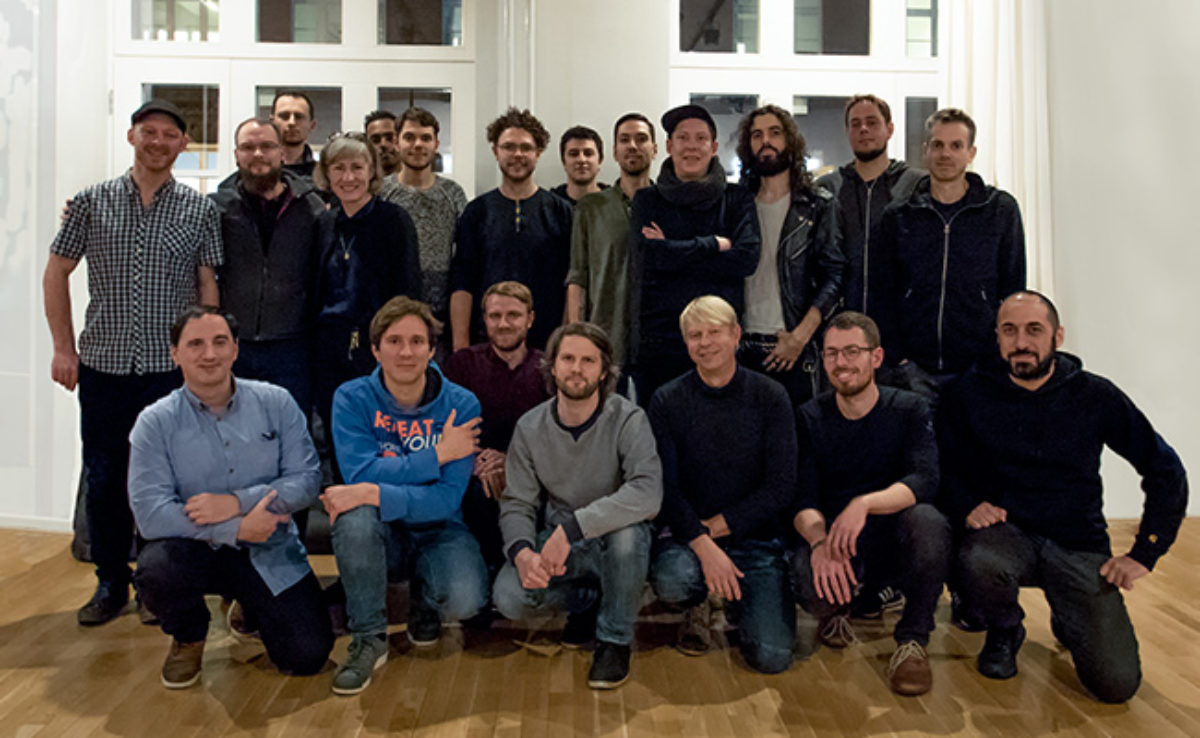
Haptic Drive™ isn’t just a one-off feature for the S4. There are hints we’ll see more in TRAKTOR in the future – and that haptic technology is itself a platform on which the company can build. Plus, because the haptic features themselves respond to software, your S4 itself with Haptic Drive™ can evolve and adapt over time, via both updates and user control.
All of this is a picture of what happens as multi-talented teams come together – and when pure innovation meets users.
“I’m a big believer in innovation as the mother of necessity,” says Speith. But what started as pure research is now firmly connected to real-world DJing. “Yeah, the journey from many, many, many prototypes to seeing comments,” Speith says.
“Seeing DJs playing around for the first time,” interrupts Westhoff. “Seeing the smiles on their faces, how they instantly like this [Haptic Drive™.] That’s nice to see.”










